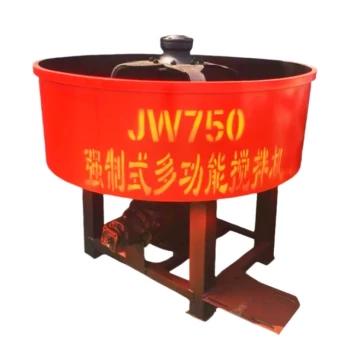Introduction
Every year, overlooked mechanical failures in hoists lead to preventable workplace accidents. This guide transforms compliance into actionable safety by detailing pre-operation inspections aligned with OSHA/ANSI standards. You’ll learn to identify high-risk components, implement a foolproof checklist, and foster a culture of proactive maintenance—reducing downtime and protecting your team.
Pre-Operation Inspection Essentials for Hoist Safety
Hoists are workhorses in construction, but their reliability hinges on daily checks. Start with these non-negotiables:
- Visual Inspection: Scan for visible damage—cracks, corrosion, or deformed hooks. Even minor distortions can escalate under load.
- Wire Rope Integrity: Frayed wires reduce capacity by 20% or more. Run a gloved hand along the rope to detect broken strands.
- Brake Function Test: Lift a light load (10% capacity) and engage the emergency brake. Sliding indicates wear.
Why it matters: A 2022 OSHA report found that 37% of hoist-related incidents stemmed from unchecked brake failures.
Critical Components and Their Failure Risks
| Component | Failure Risk | Red Flags |
|---|---|---|
| Hook Latches | Load detachment | Stiff movement, missing springs |
| Limit Switches | Over-travel collisions | Delayed response during testing |
| Load Chain | Sudden breaks under stress | Stretched links, rust pitting |
Ever wondered why some parts fail faster? Friction points like sheaves wear 3x quicker in dusty environments, demanding weekly checks.
Step-by-Step Compliance Checklist for OSHA/ANSI Standards
Follow this 5-minute drill before each shift:
-
Documentation Review
- Verify the last inspection tag is dated within 24 hours.
-
Operational Tests
- Test upper/lower limit switches by running the hoist to both extremes.
-
Load Test (Quarterly)
- Lift 125% of rated capacity—mandatory per ANSI B30.16.
Pro Tip: Use a checklist app to log findings. Digital trails simplify compliance audits.
Real-World Consequences of Neglected Checks
A Texas construction firm faced $86K in fines after a hoist’s faulty wire rope dropped a 2-ton load, narrowly missing workers. Investigators found:
- No records of daily inspections for 14 days prior.
- Worn sheaves misaligned the rope, accelerating wear.
Key Takeaway: Compliance isn’t paperwork—it’s a barrier between routine and catastrophe.
Extending Safety Beyond Daily Inspections
Maintenance Intervals for High-Risk Parts
- Monthly: Lubricate load chains with ISO 68-grade oil. Dry chains increase wear by 40%.
- Biannually: Replace hook latches regardless of visible damage. Fatigue cracks are often subsurface.
Visual metaphor: Treat hoist parts like car tires—even if they "look fine," scheduled replacements prevent blowouts.
Training Protocols for Operational Teams
-
Scenario Drills
- Simulate brake failures to teach emergency protocols.
-
Certification Refreshers
- Require annual ANSI training updates—70% of operators forget critical steps after 18 months.
Human impact: Trained teams using Garlway hoists report 62% fewer near-miss incidents.
Conclusion: Build a Safety-First Workflow
- Standardize daily checklists with OSHA/ANSI benchmarks.
- Invest in predictive maintenance for high-wear components.
- Empower teams through hands-on training.
By embedding these practices, you’ll transform hoist operations from reactive fixes to proactive safeguards—ensuring both compliance and crew safety.
Related Products
- Portable Cement Mixer with Lift Concrete Machine
- Ready Mixer Machine for Construction Ready Mix Machinery
- Commercial Construction Mixer Machine for Soil Cement Mixing Concrete
- Portable Concrete Mixer Machine Equipment for Mixing Concrete
- JZC400 Mobile Small Concrete Mixer Cement Mixer Machine
Related Articles
- How to Prevent Structural Failures and Explosions in Concrete Plants: A Safety-First Guide
- How Small Cement Mixers Deliver Cost-Efficiency, Health Safety, and Versatility
- How Small Cement Mixers Solve Big Construction Challenges
- How to Optimize Small Cement Mixer Positioning for Maximum Job Site Efficiency
- How to Verify Fasteners and Connectors in Concrete Mixers: A Safety-First Approach









